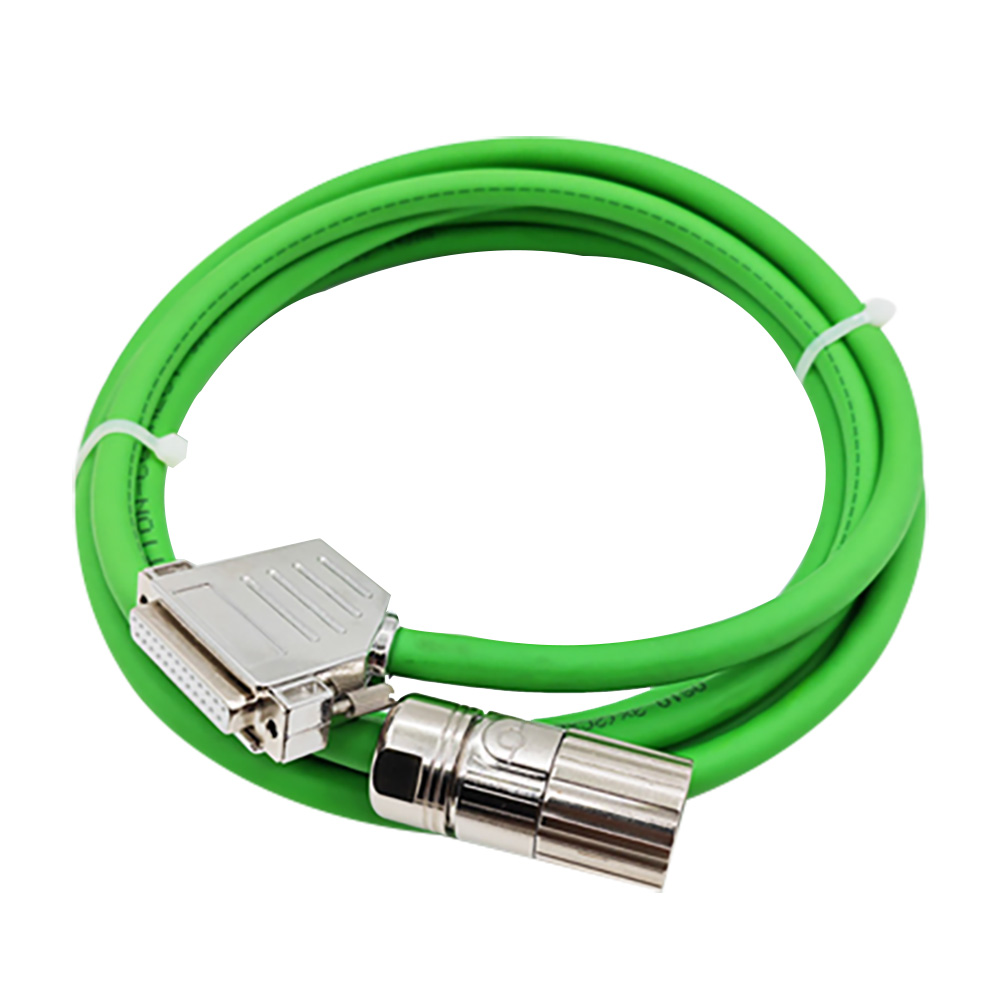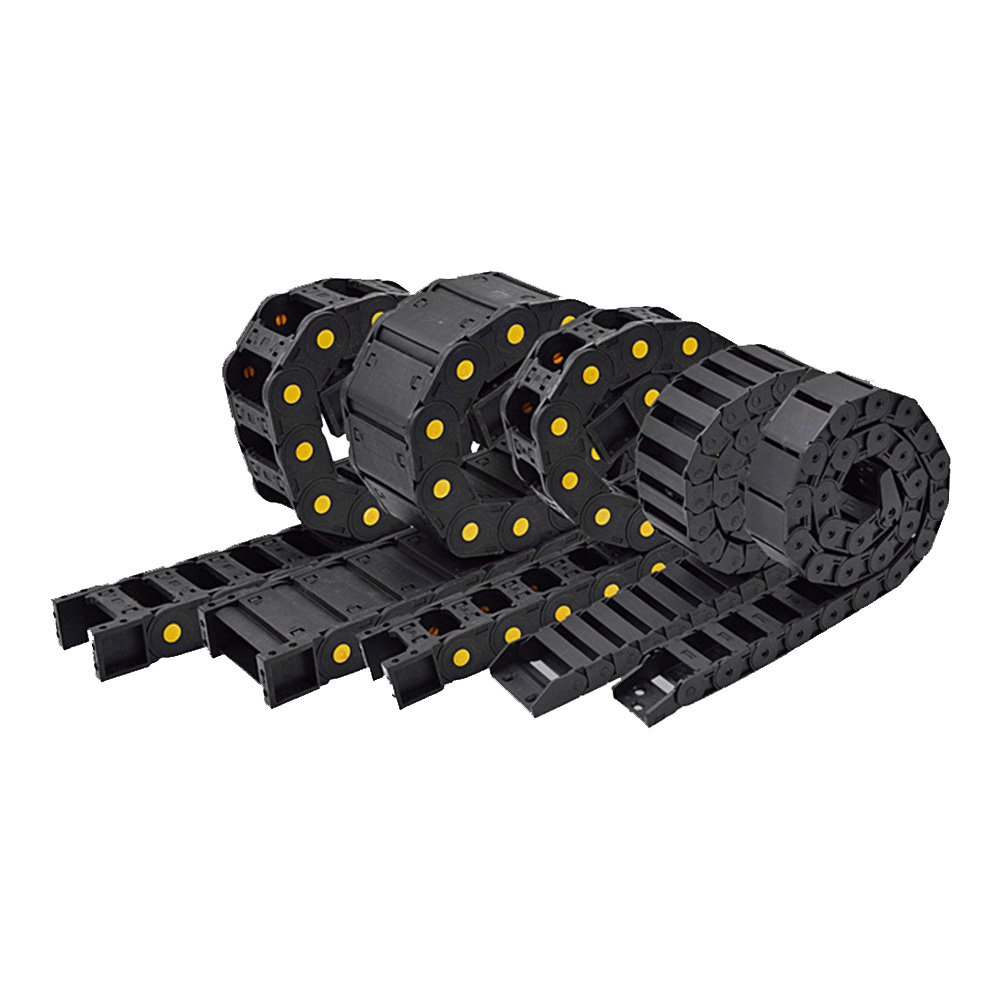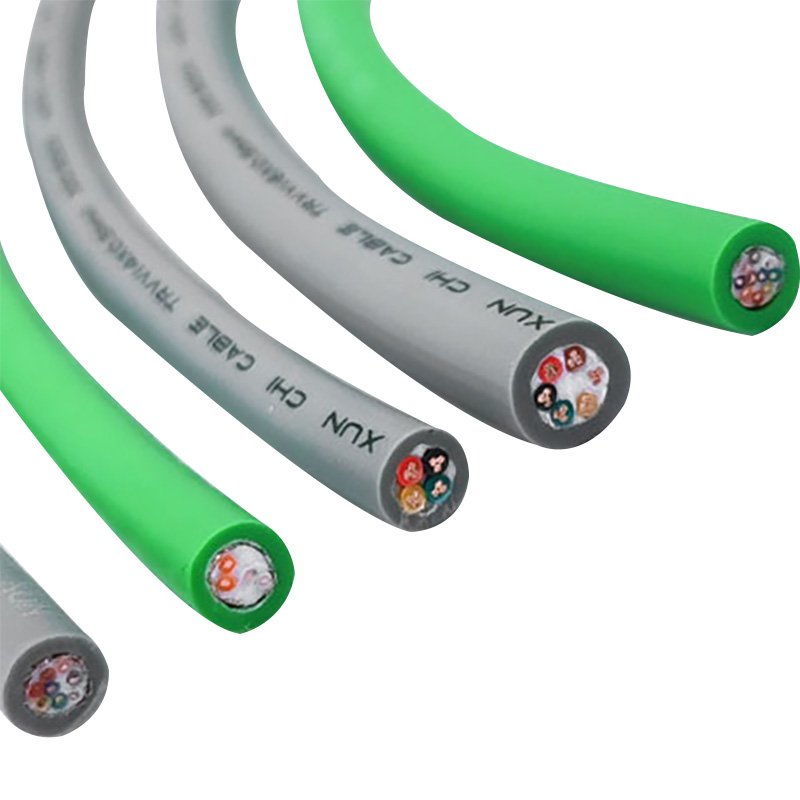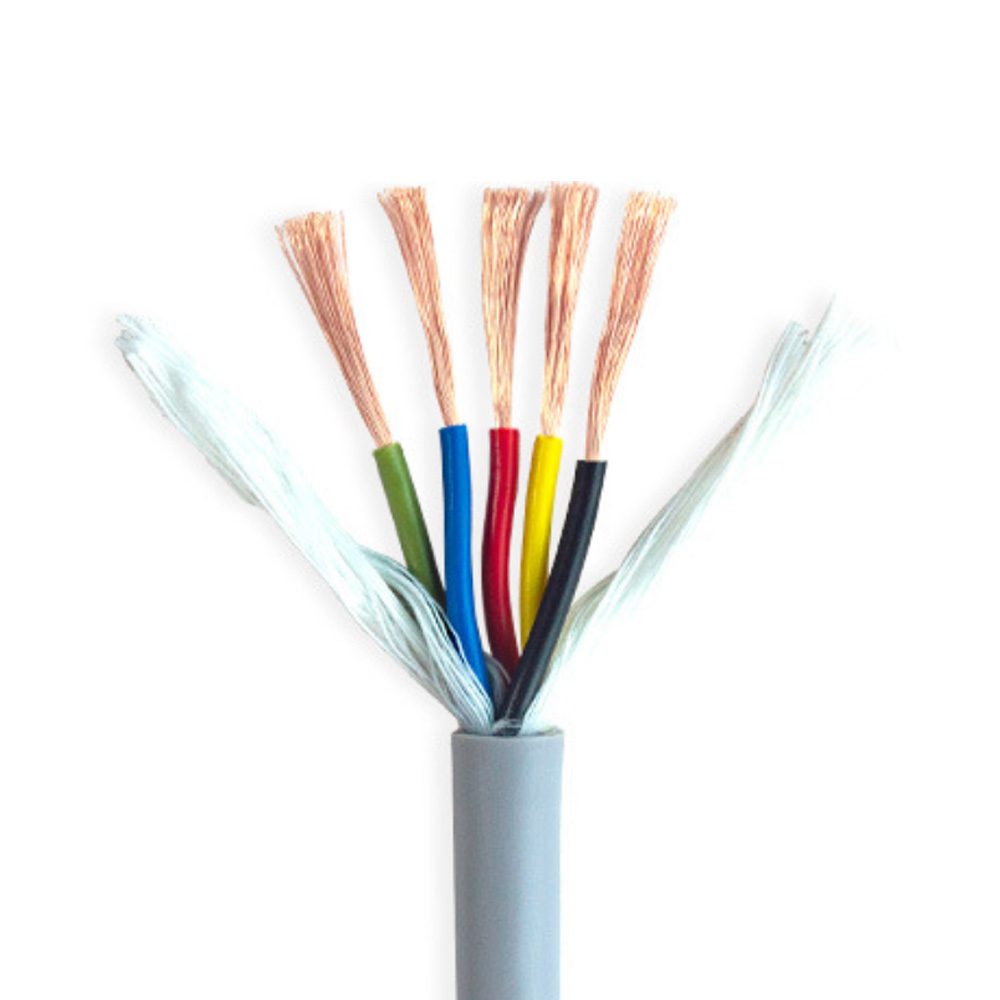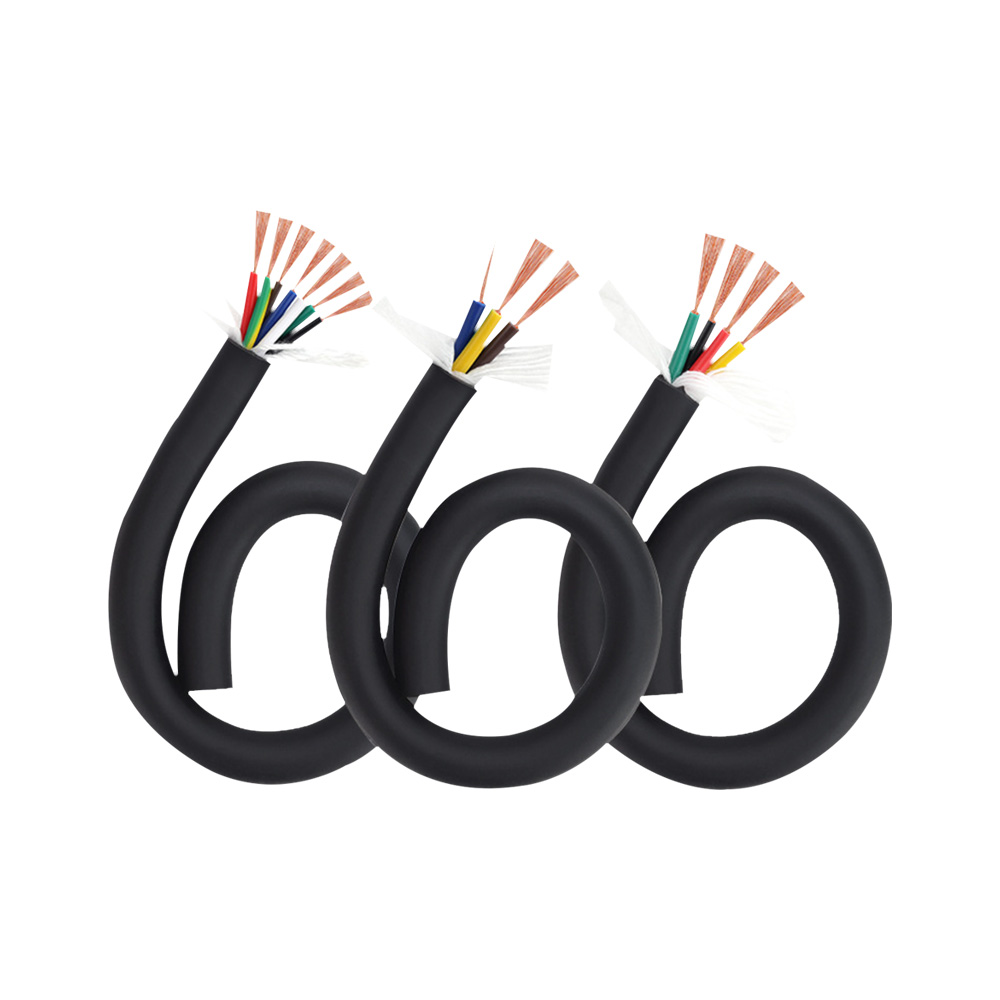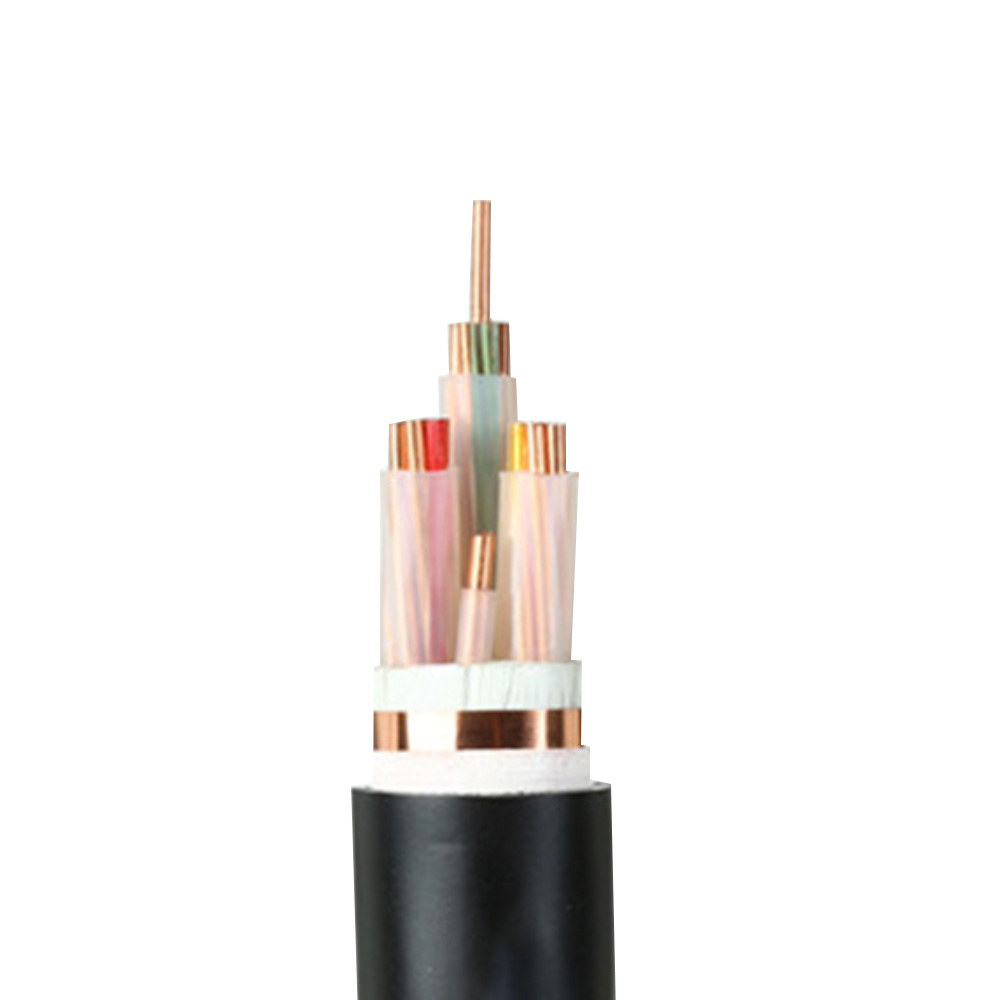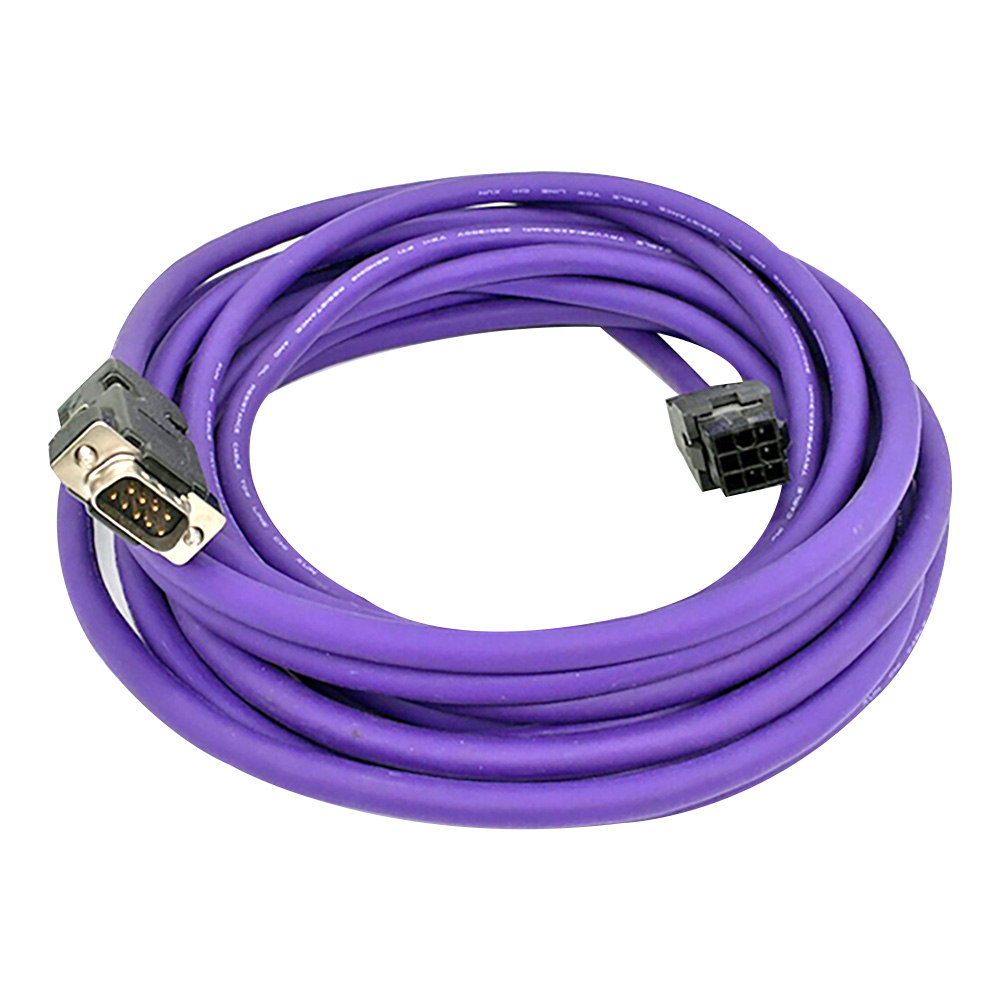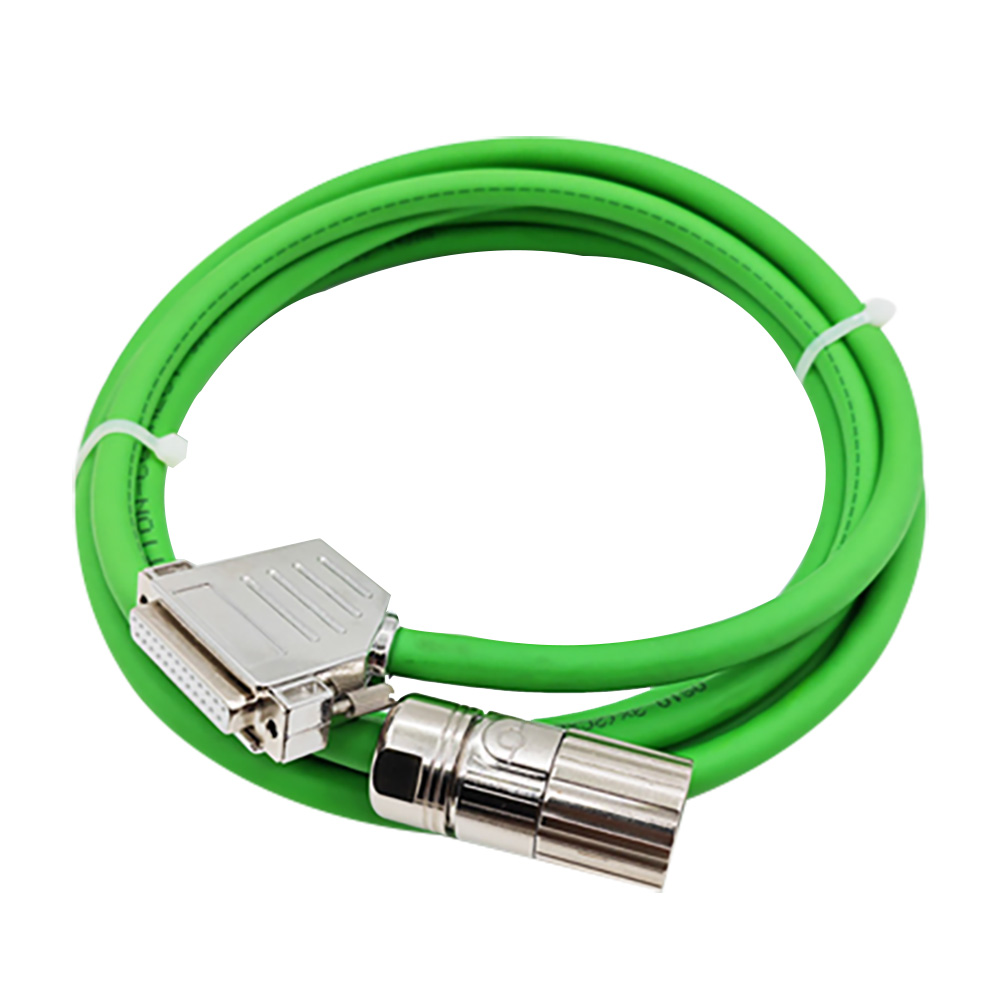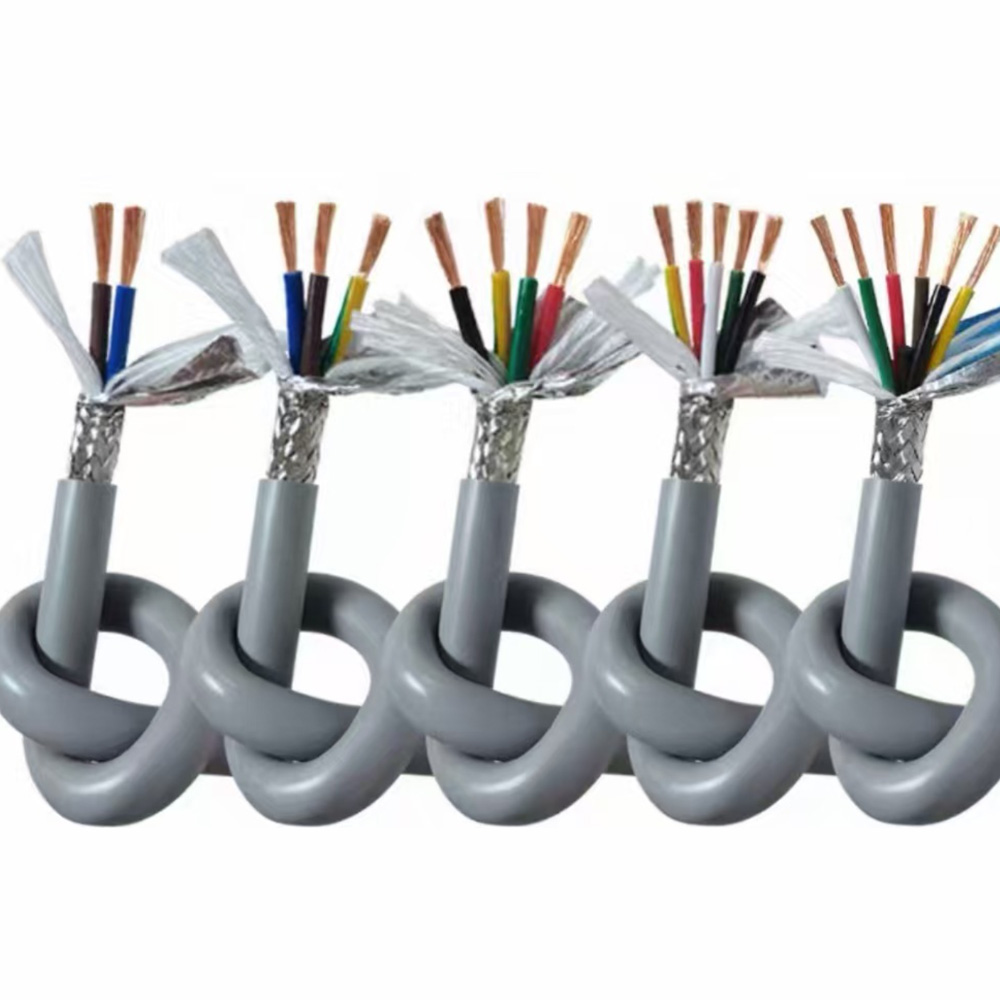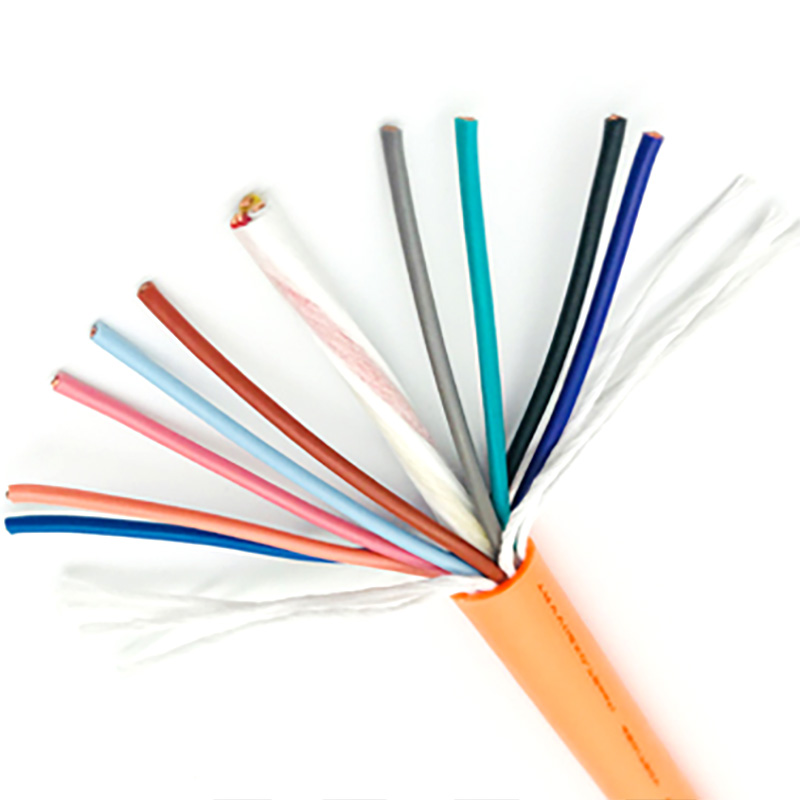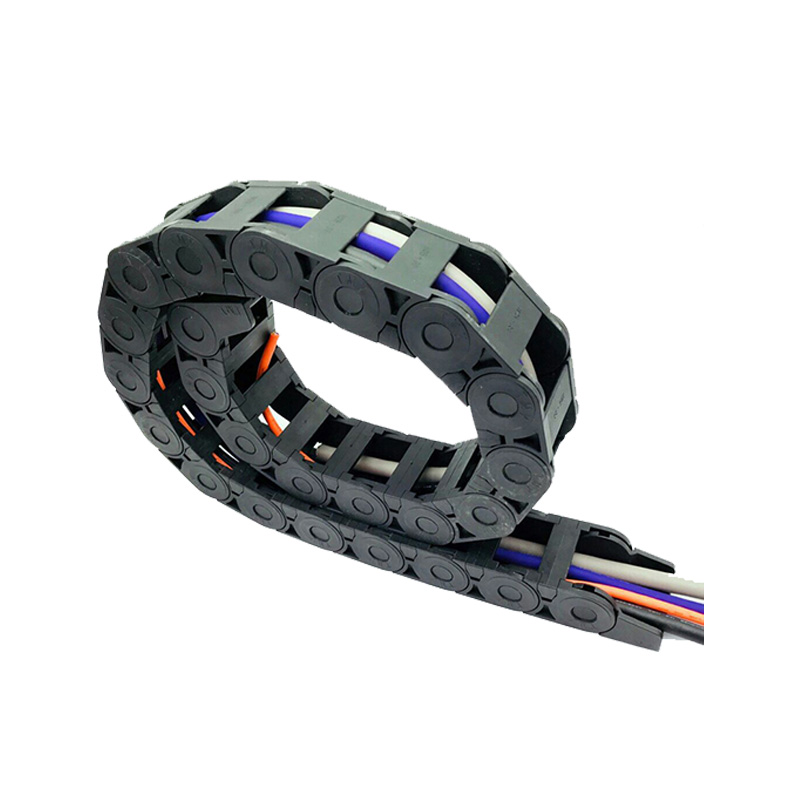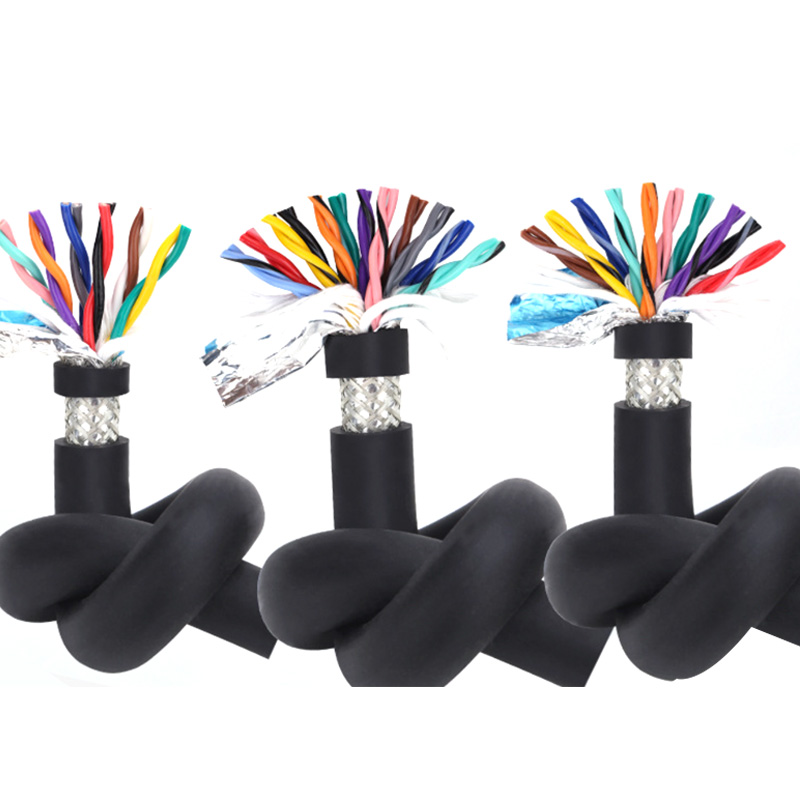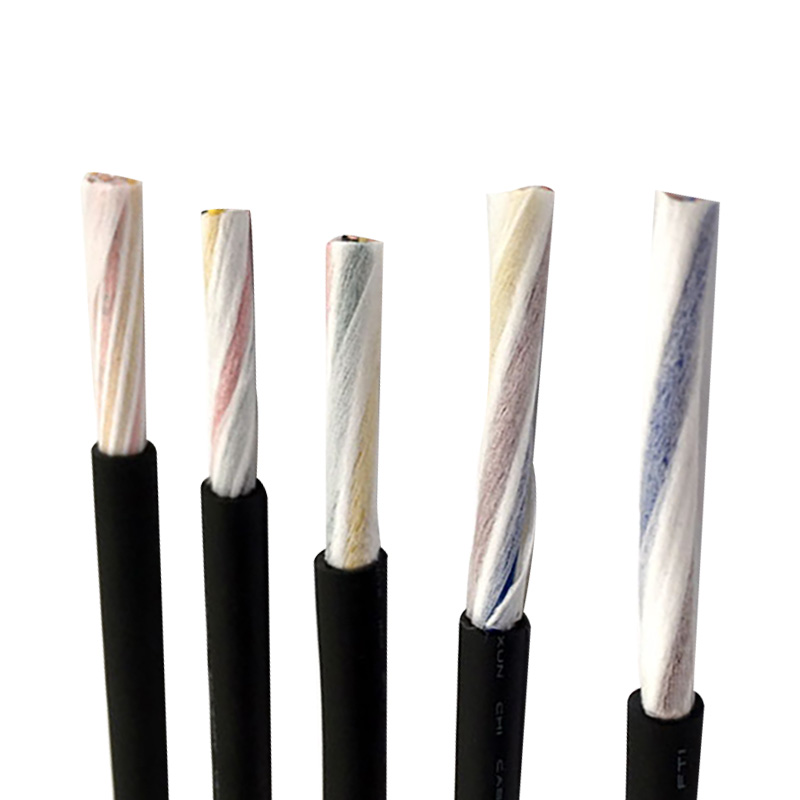
STP Cable
Encoder Cable
- Product Brief: Xunchi's shielded twisted twisted-pair cable for encoders, with flexible structure and 6/8 twisted pairs, features green sheath and tinned copper braided shielding. Ideal for servo encoders in dynamic or fixed setups, it resists interference, ensures stable signal transmission, widely used in industrial automation, robotics, CNC machines, and metallurgy.
Description
Shielded Twisted-Pair Cable for Encoders - Carefully Recommended by Dongguan Xunchi Industrial Co., Ltd.
Xunchi encoder cables adopt a flexible structural design and a shielded twisted-pair configuration. They are mostly available with 6 pairs / 8 pairs of twisted wires for encoders, usually featuring a green outer sheath. These cables use tinned copper wire braided shielding, which provides excellent resistance to external interference and ensures stable signal transmission.
| Parameter | Category | Specification |
|---|---|---|
| Rated Voltage | Cross-section < 0.5mm² | 300/300V |
| Cross-section ≥ 0.5mm² | 300/500V | |
| Minimum Bending Radius | Fixed Installation | 4.0*D |
| Moving Installation | Stroke < 10m: 5.0*D | |
| Stroke ≥ 10m: 6.0*D | ||
| Operating Temperature | Medium Encoder Cable | Fixed Laying: -30℃ to +70℃ |
| Moving Installation: -20℃ to +70℃ | ||
| High Encoder Cable | Fixed Laying: -40℃ to +90℃ | |
| Moving Installation: -35℃ to +90℃ | ||
| Polyurethane Encoder Cable | Fixed Laying: -55℃ to +105℃ | |
| Moving Installation: -50℃ to +105℃ | ||
| Radiation Resistance | Medium and High Encoder Cable | 8×10⁷cJ/kg |
| Polyurethane Encoder Cable | 5×10⁷cJ/kg | |
| Flame Retardancy | Complies with IEC60332-1-2+EN60332-1-2 | |
Conductor Material: Multi-stranded ultra-fine finely stranded oxygen-free bare copper wires, compliant with CDE0295 CLASS6 standard (tinned copper wires should be specified in advance).
Insulation Material: Insulated with special mixed elastic PVC and other materials.
Color Code:
Cross-section < 0.5mm²: White, orange, grey, yellow, pink.
Cross-section ≥ 0.5mm²: Core wires with black sheath and white numbering; 3 or more cores include yellow/green dual-color ground wire (yellow/green optional).
Twisted Pair Color:
Cross-section < 0.5mm²: Color-coded, with wire A (white, orange, grey, yellow, pink) paired with dotted wire B.
Cross-section ≥ 0.5mm²: Core wires with black sheath and white numbering, twisted by adjacent numbers.
Tensile Elements: Added cotton threads and filling strips.
Core Structure: Anti-twist layered structure; grouped gap filling; layered bundling after twisted pair structure.
Wrapping Materials: Flexible non-woven tape, aluminum foil Mylar.
Inner Sheath: Modified low-viscosity high-strength extruded inner sheath (optional).
Shielding Structure: Tinned copper wire braided copper mesh shielding, with density over 80%.
Sheath Material: Special modified elastomer PVC material.
Sheath Color: Black/Green/Orange (optional).
Xunchi Shielded Twisted-Pair Cable for Encoders - Typical Applications of Dongguan Xunchi Industrial Co., Ltd. Products
The encoder cable, featuring a special flexible shielded twisted-pair structure, is a data transmission cable used in scenarios where servo encoder equipment units require reciprocating movement or in fixed installation equipment. As a flexible encoder cable for measurement, monitoring and control, it is widely applied in industrial servo encoder electronic systems, automated production lines, warehousing equipment, robots, indoor cranes, packaging machinery, CNC machine tools, metallurgical industry and other fields.
FAQs
Common causes of flexible cable failure include:
Over-Bending: Bending the cable beyond its minimum bend radius (MBR) damages conductors and insulation. Prevention: Adhere to the manufacturer’s MBR specifications and use cable management tools (e.g., cable tracks) to control bending paths.
Abrasion & Wear: Friction with surrounding components wears down the sheath. Prevention: Choose cables with wear-resistant sheathing (e.g., PUR) and install protective conduits or cable carriers.
Environmental Damage: Exposure to chemicals, moisture, or extreme temperatures degrades materials. Prevention: Select cables rated for the specific environment and use sealing or shielding where necessary.
Incorrect Installation: Tension, kinking, or improper grounding can strain the cable. Prevention: Follow installation guidelines, avoid pulling cables tightly, and ensure proper grounding for shielded cables.
Eelecting the appropriate flexible cable requires considering several key factors:
Movement Type: Determine if the cable will undergo bending (single or multi-axis), twisting, or torsional movement—this dictates the required flexibility (e.g., high-flex for robotic arms vs. medium-flex for simple folding applications).
Environmental Conditions: Assess temperature range (from extreme cold to high heat), exposure to chemicals, oil, water, or UV radiation—choose insulation/sheathing materials (e.g., PUR for oil resistance, TPE for wide temperature tolerance) accordingly.
Electrical Requirements: Confirm voltage rating, current capacity, and signal transmission needs (e.g., shielded flexible cables for reducing electromagnetic interference in data applications).
Mechanical Durability: Evaluate the number of bending cycles required (e.g., millions of cycles for long-life industrial use) to select cables with suitable conductor stranding and sheath thickness.
lexible cables are widely used in industries and equipment where frequent movement is involved. Common applications include:
Industrial Automation: Robotic arms, automated guided vehicles (AGVs), and linear motion systems.
Material Handling: Conveyor belts, hoists, and cranes that require cables to bend with mechanical movement.
Medical Equipment: Portable devices (e.g., ultrasound machines), surgical robots, and patient monitors that need flexible wiring for mobility.
Consumer Electronics: Laptop power cords, headphones, and wearable devices where flexibility ensures user comfort and product longevity.
Automotive Industry: Wiring for folding side mirrors, seat adjustments, and retractable door handles.
A flexible cable is a type of electrical cable designed to withstand repeated bending, twisting, and movement without compromising its electrical performance or structural integrity. Unlike standard fixed-installation cables, which are engineered for static or minimal-movement applications, flexible cables feature specialized constructions—such as fine-stranded conductors (instead of solid or coarse-stranded ones), flexible insulation materials (like PVC, TPE, or PUR), and robust sheathing—that enhance their durability under dynamic stress. This design allows them to be used in scenarios requiring constant motion, such as robotic arms, conveyor systems, and portable equipment.
In industrial scenarios where dynamic motion and signal integrity coexist, standard cables often fail to meet requirements—either lacking flexibility for long-term bending or failing to block interference for precise signals. TRVVPS Twisted Pair Shielded Drag Chain Cable solves these pain points through its integrated design of twisted pairs, shielding, and high flexibility, ensuring reliable, stable, and long-lasting performance. It is a critical cabling solution for upgrading automation levels and improving production precision in modern manufacturing.


